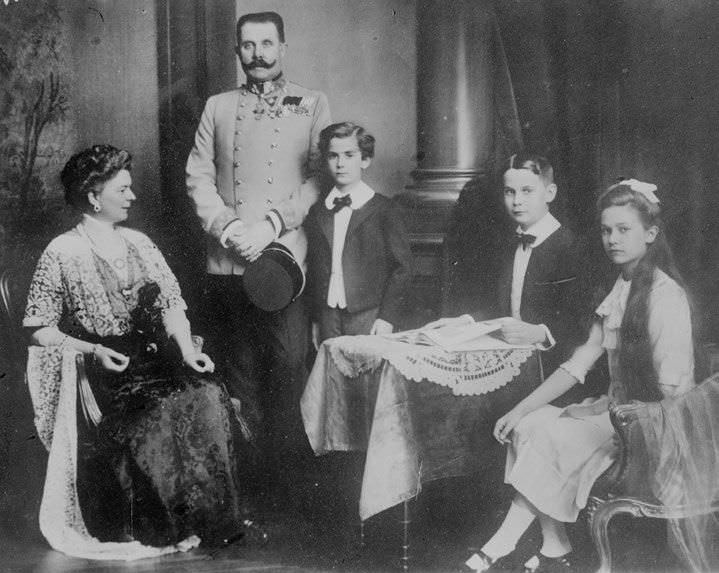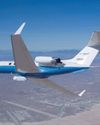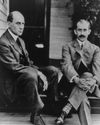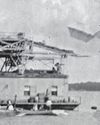World War I—or the “Great War,” as it was called—was truly a world war. An estimated 65 million soldiers representing more than 30 countries from six continents took part.

Over the course of four years, from 1914 to 1918, battles were fought in Europe, Asia, and Africa, as well as on the high seas. Here’s an overview of what happened.
SIMMERING TENSIONS
In the early 1900s, Europe seemed to be sitting on a powder keg. Tensions from decades-old conflicts simmered just below the surface. Top among them was French resentment from being forced to give up territory and pay large sums in compensation to Germany after losing the Franco–Prussian War in 1871. Feelings of nationalism ran high and were particularly strong against Austria–Hungary, which had attempted to seize control of land in the unstable Balkans in southeastern Europe. Imperialism also created friction. The Russian Empire eyed southeastern Europe, to which it had cultural ties and where the once-powerful Ottoman Empire was in decline. The empires of Great Britain and Germany, meanwhile, each wanted their interests to dominate Europe. Distrusting one another, countries formed webs of alliances that promised support or protection if one of them was attacked. Anything might upset the delicate balance that existed.
WAR BREAKS OUT
On June 28, 1914, a 19-year-old Serbian nationalist, Gavrilo Princip, assassinated Archduke Franz Ferdinand and his wife, Sophie, Duchess of Hohenberg, while they were visiting Sarajevo. The archduke was the heir to the Austro–Hungarian throne, and Austria–Hungary demanded immediate action and severe punishment of the people responsible for his murder. When Serbia’s government failed to respond satisfactorily, Austria–Hungary declared war on Serbia on July 28.
This story is from the May/June 2017 edition of Cobblestone American History Magazine for Kids.
Start your 7-day Magzter GOLD free trial to access thousands of curated premium stories, and 8,500+ magazines and newspapers.
Already a subscriber ? Sign In
This story is from the May/June 2017 edition of Cobblestone American History Magazine for Kids.
Start your 7-day Magzter GOLD free trial to access thousands of curated premium stories, and 8,500+ magazines and newspapers.
Already a subscriber? Sign In

Eye in the Sky
An interview with Joe Piotrowski

Airborne Animals
Humans have taken to the skies in balloons, gliders, and airplanes-but we're not alone among the clouds. Animals of all sorts have evolved to harness wind power.

TAKING OFF
The Wright brothers expected airplanes to “take off,” but even they might be amazed at the way the airline industry has become big business. In the past, it was expensive to send something by plane.

GROWTH OF AN INDUSTRY
After their historic flight at Kitty Hawk in 1903, Wilbur and Orville Wright returned to Dayton, Ohio. They spent the next few years making adjustments and building additional versions of their powered aircraft in their bicycle shop.

WHY KITTY HAWK?
The Wright brothers searched carefully for the best place to test their gliders and flying machines. Their main concern was for good, steady winds. But they also hoped to find a remote location to allow them to perform tests away from the public eye.

Two Brothers From Ohio
Most people do not realize that the Wright brothers—Wilbur, born in 1867, and Orville, born in 1871—performed various scientific experiments before inventing their aircraft. For as long as anyone in their hometown of Dayton, Ohio, could remember, the Wright boys had worked on mechanical projects.

A Helping Hand
May 6, 1896. A group of people who had gathered beside the Potomac River, just south of the U.S. capital, grew quiet. Then, it erupted in cheers as a small, unmanned aircraft took to the skies and flew for more than half a mile. The flight came seven years before the Wright brothers’ first manned, powered flight. The inventor of the aircraft was Dr. Samuel Pierpont Langley.

THE IDEA MEN
People dreamed of flying thousands of years before the Wright brothers found success near Kitty Hawk, North Carolina. These dreamers, such as Leonardo da Vinci, studied birds flying and imagined how humans might do the same—if only they had wings. Other men developed a more hands-on approach to the topic. Early inventors made wings of cloth, glue, and feathers and tied these creations to their arms in an attempt to imitate nature.

Da Vinci's 4 Designs
Have you ever wondered how a bird flies? Leonardo da Vinci (1452–1519) did. He thought that understanding how a bird flies would provide the key to human flight. So, what did da Vinci learn from birds?

Silken Wings
Seven hundred years before the Wright brothers began experimenting with human flight, the Chinese had already mastered its secrets—with kites.